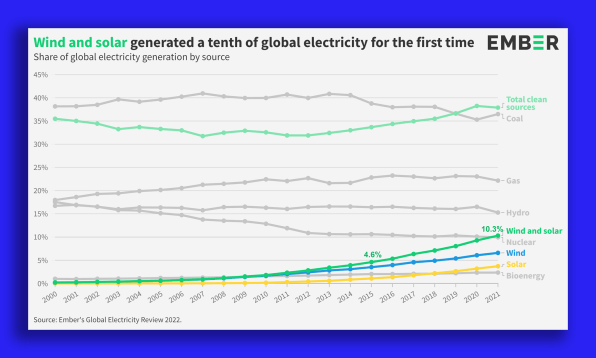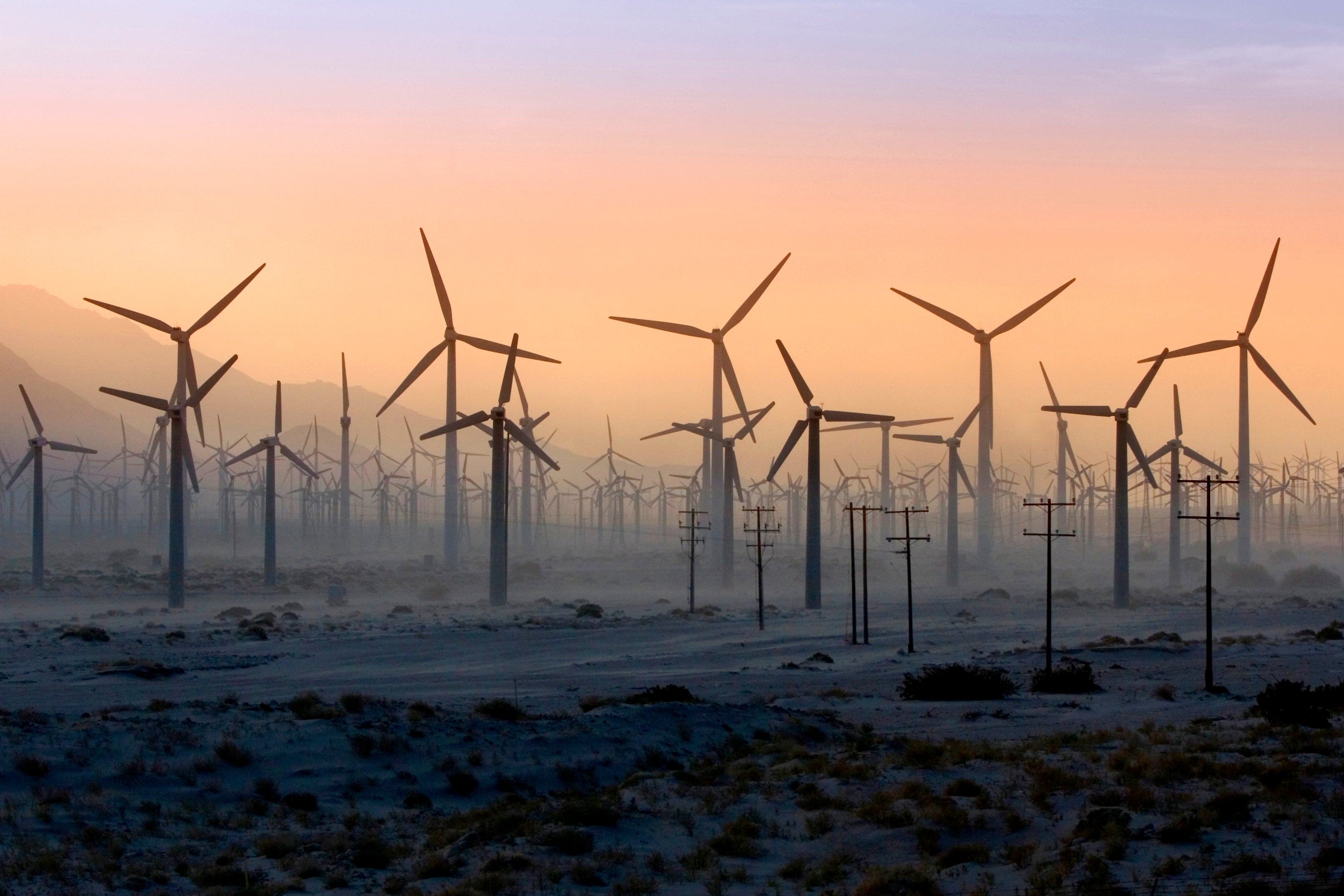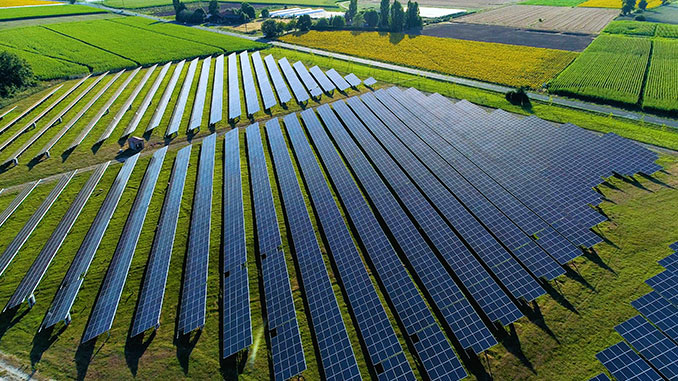Increased use of renewable energy is critical for reducing carbon emissions and fulfilling our climate goals. In 2021, the world struck a renewable energy milestone: wind and solar power combined contributed for a record one-tenth of global electricity use, according to a new study by energy think group Ember.
According to a survey that examined electricity-generation data from 75 nations, which account for 93 percent of worldwide power demand, all sources of nonfossil fuel clean energy—including wind, solar, hydropower, nuclear, and biofuels—accounted for 38 percent of global electricity generated in 2021. This was higher than coal, which produced 36% of the world’s electricity.

Such a gain in wind and solar, in particular, represents a significant increase over the last decade. Wind and solar generated only 4.6 percent of global electricity in 2015, when the Paris Agreement was signed. The percentage has more than doubled to 10.3 percent. Technological advancements have also helped to reduce the costs of wind and solar.
“Across the last decade, we’ve seen an average growth of 20% a year in total wind and solar generation, which is pretty impressive,” says Dave Jones, global electricity analyst for Ember, a U.K.-based think tank focused on finding ways to speed up the transition from coal to clean energy.

“But to get ourselves on that pathway for 1.5 degrees [Celsius], we need to see that same 20% through this decade as well.” While we’re at a point where “wind and solar have arrived,” Jones says.
According to the report, 50 countries have achieved 10% wind and solar generation, with seven more expected to accomplish so by 2021. Three nations in particular have demonstrated a very rapid transition, with Vietnam, Australia, and the Netherlands converting 8% of their total electricity demand from fossil fuels to wind and solar in only the last two years.

According to Jones, these countries set a precedent by demonstrating to future policymakers that “there are ways to accomplish this without worrying about keeping the lights on.”
Fossil fuels will continue to account for the great majority of energy use in 2020. According to experts, after the global economy recovered following the 2020 lockdowns, global electricity demand increased. After years of decline, coal prices rocketed to new highs.
Furthermore, the energy crisis triggered by Russia-Ukraine crisis has shifted emphasis to coal and gas, with both fossil fuels seeing price hikes. According to Jones, the crisis may force countries to increase their wind and solar capacity so that they don’t have to import Russian supplies and can “have their own home-grown electricity.”

Jones underlines the importance of maintaining momentum now that wind and solar have achieved the 10% mark.
Solar and wind energy technologies have come a long way. The next stage is to accelerate implementation, which, according to Jones, “is in the hands of governments as gatekeepers to ensure it actually happens and all that potential comes through.”


